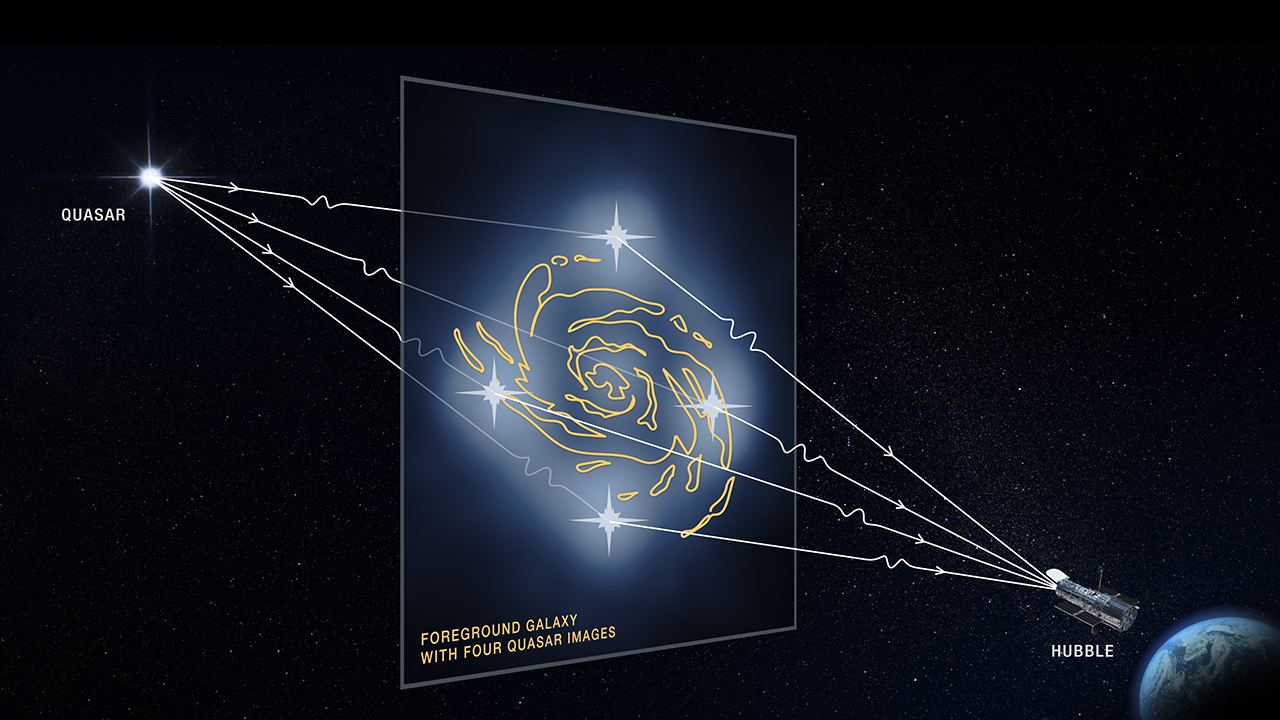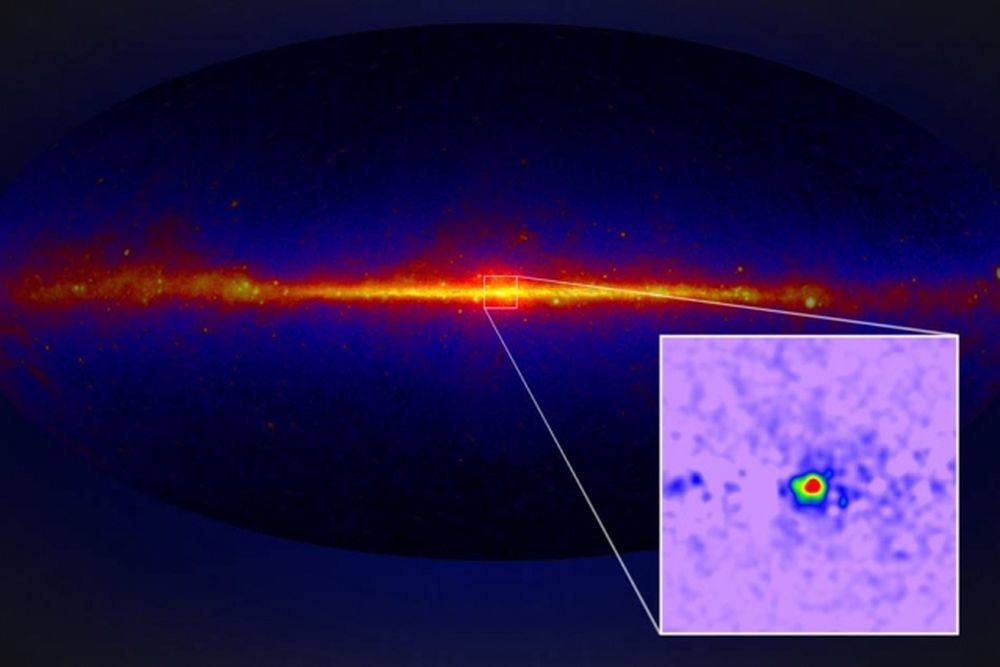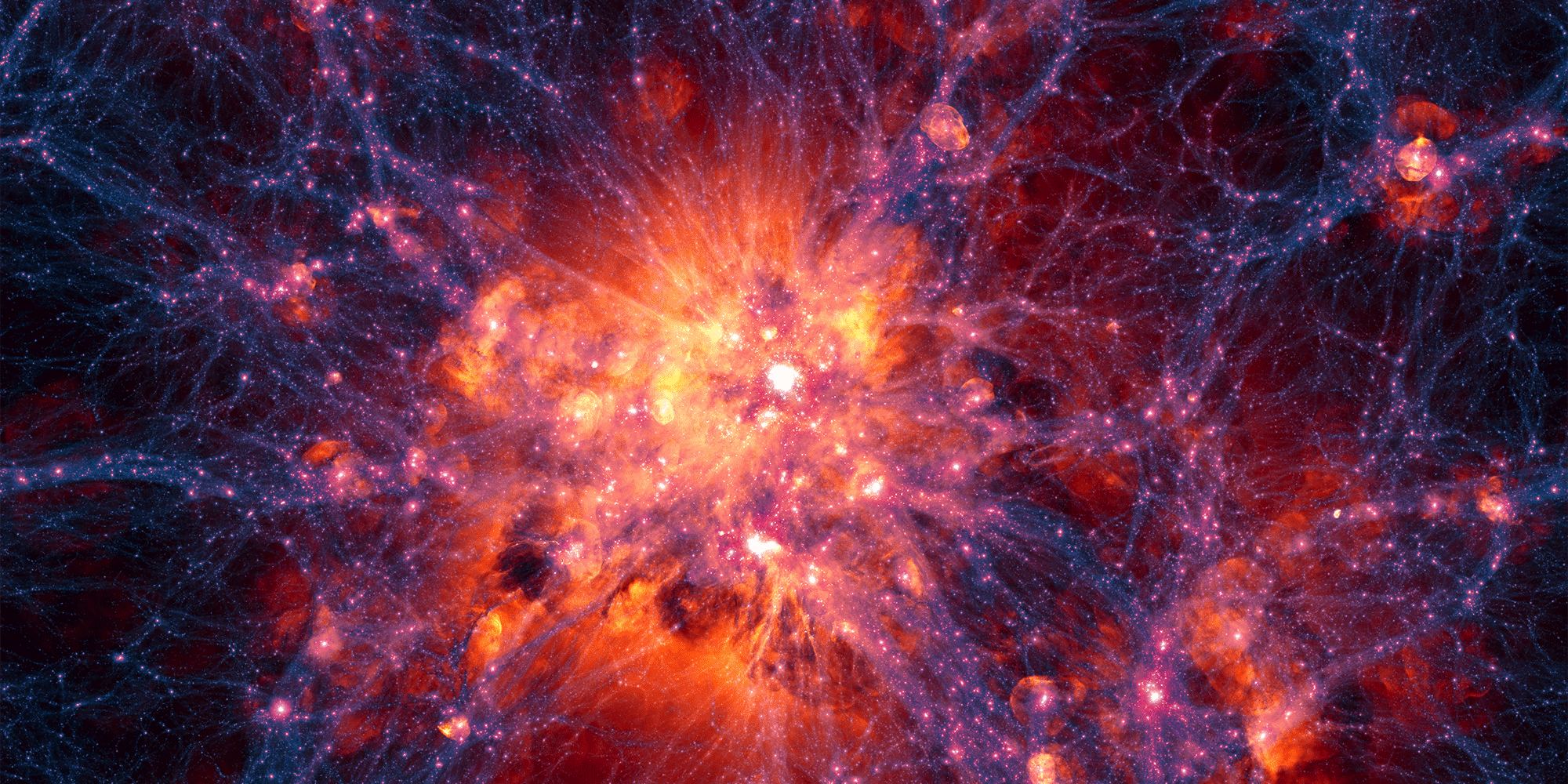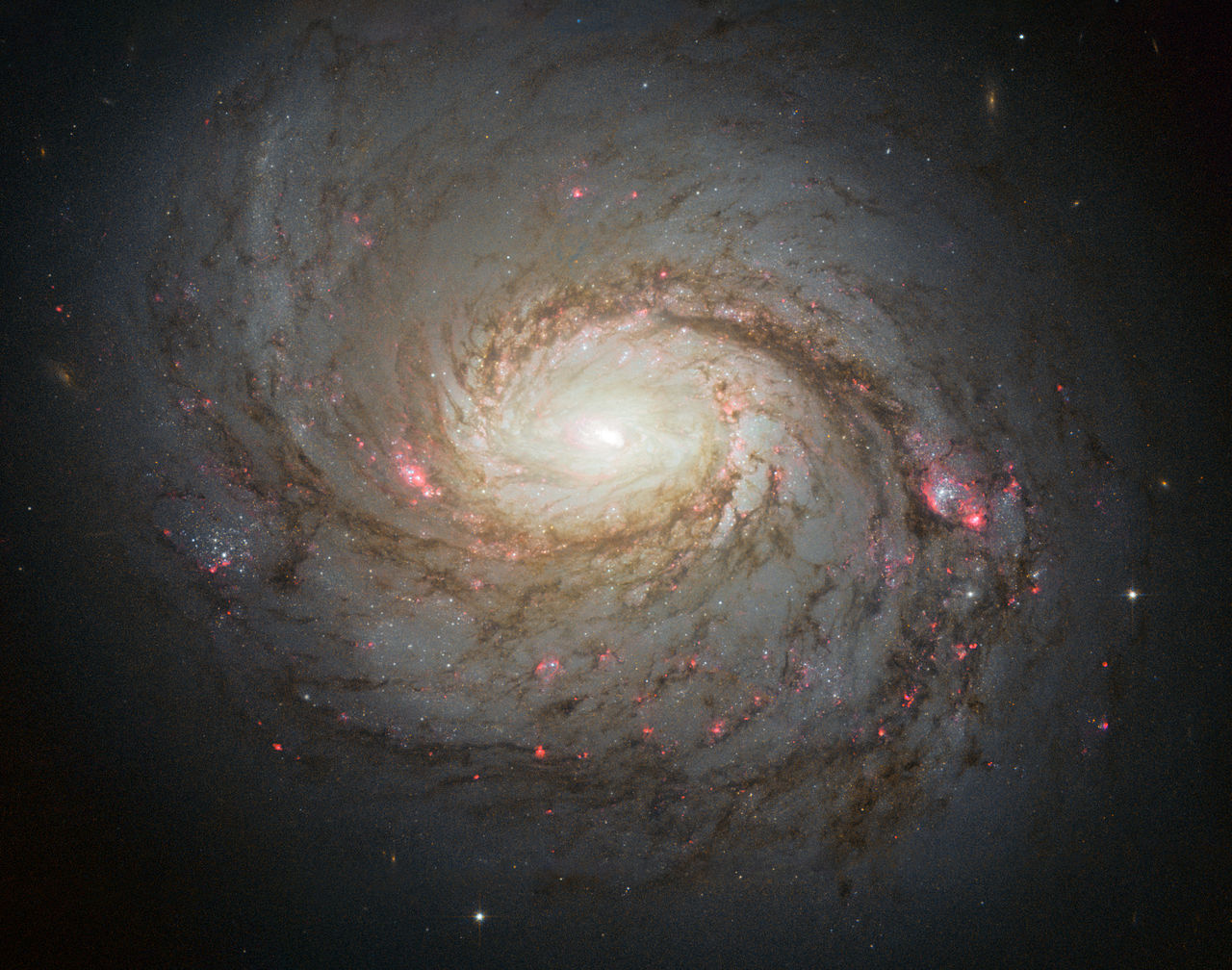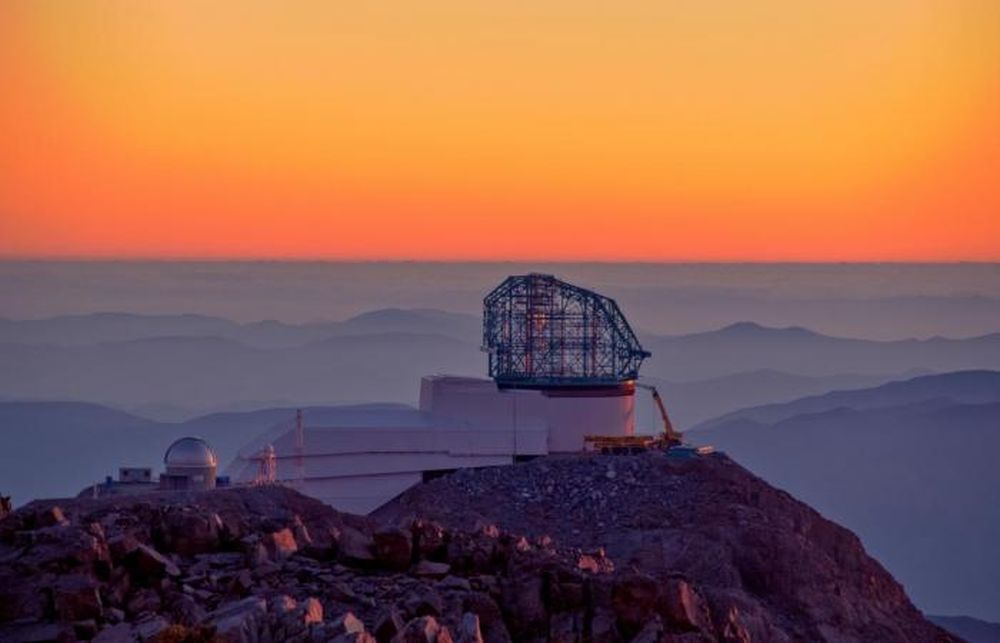Dark matter has long been one of the most mysterious things in the cosmos. It was first proposed in the 1930s as an idea to address stellar motion in some galaxies. The first solid evidence of dark matter was gathered by Vera Rubin, who studied the rotational motion of galaxies. The motion of these galaxies didn’t add up unless they contained a large amount of unseen mass. There must be some exotic, invisible matter unlike anything known before.
If dark matter exists, then it must have two major properties. First, it cannot interact strongly with light, otherwise we would see it and it wouldn’t be “dark.” Second, it must interact with other matter gravitationally, to make visible matter move in strange ways. We know of several things that satisfy those conditions, such as neutrinos or tiny black holes, but these can’t be dark matter. We know this in part because we are now able to take its temperature.
Continue reading “The Debate Over Cold Dark Matter Warms Up As Astronomers Take Its Temperature”

